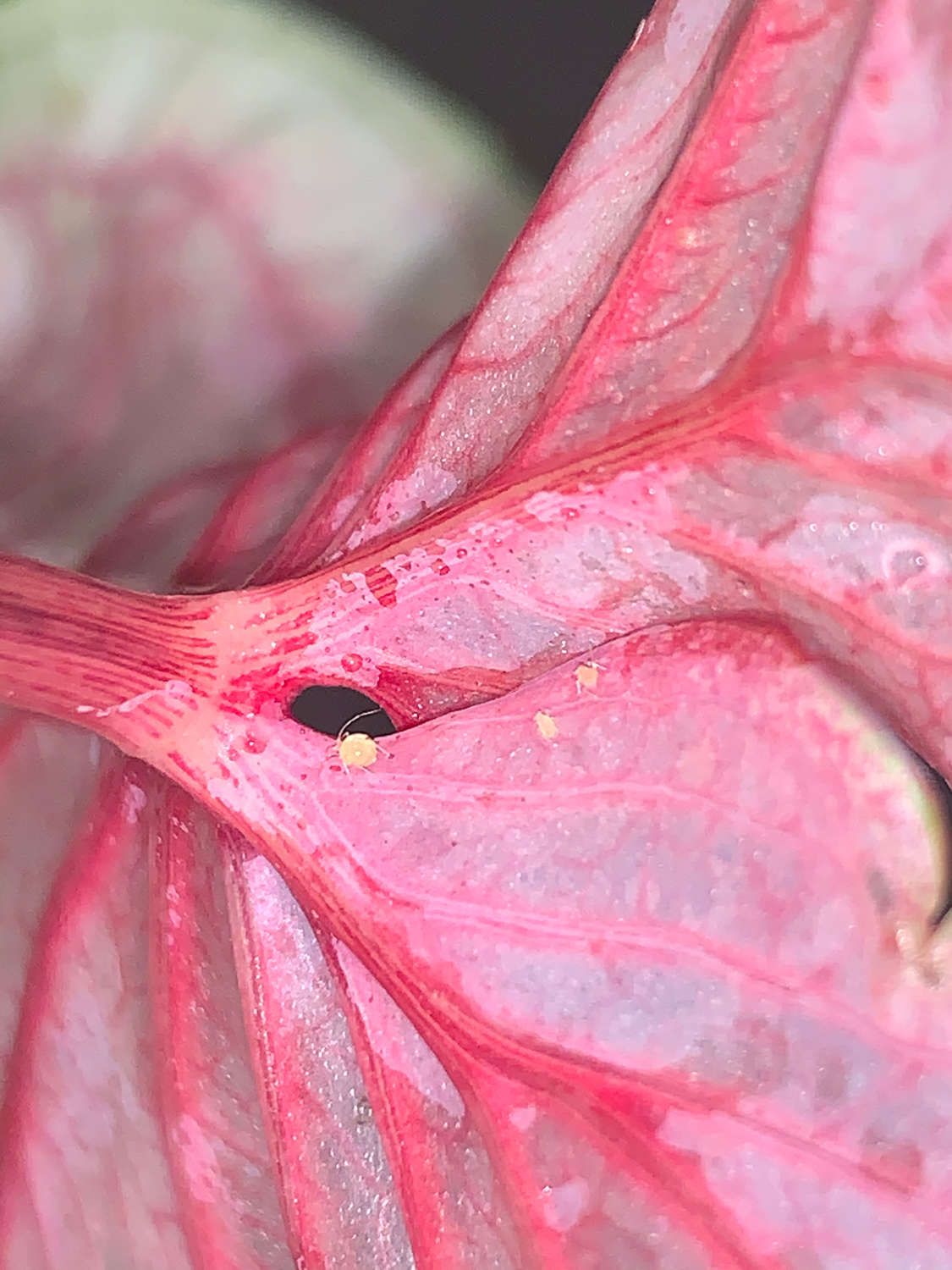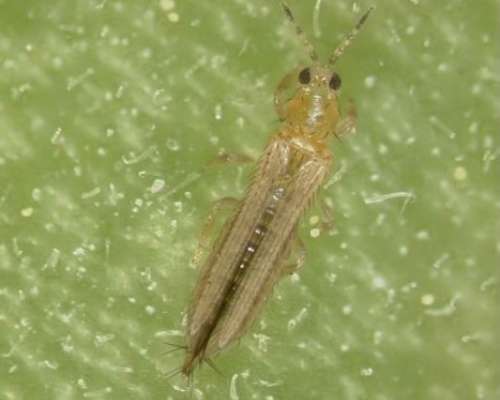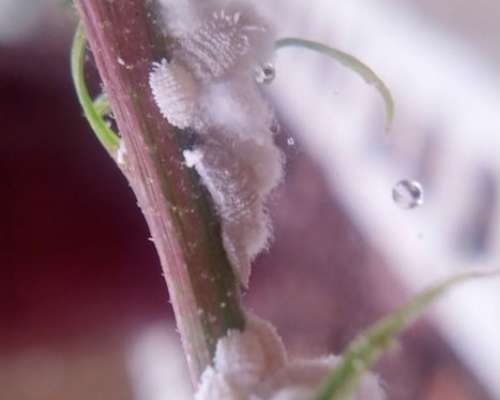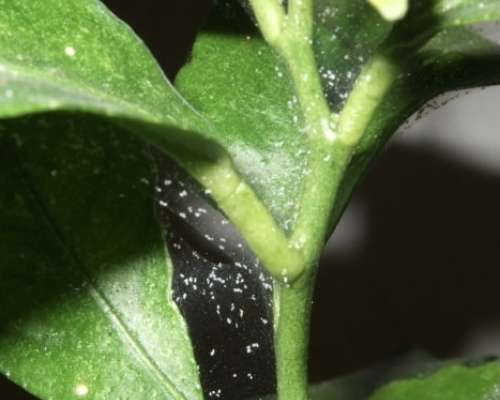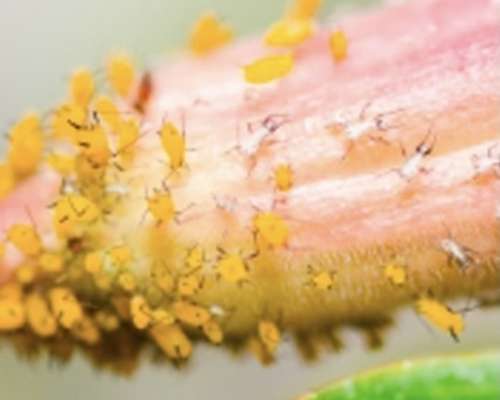Pests on indoor plants are common but some plants are more prone to certain pests than others. Here's some info on how to recognise each pest and how to treat your plants.
Aphids
Plants attacked by aphids have misshapen growth and/or yellowing leaves. Aphids are tiny insects that come in lots of different colours: white, grey, brown, black, yellow or green. They usually have a waxy or woolly appearance with pear-shaped bodies and long antennae. These little devils can quickly wreak havoc on your indoor plants unless treated quickly. The female aphids give birth to nymphs without mating, and nymphs reach maturity in about 10 days. Hence why you need to control them quickly. Read here 'How to treat aphids'.
Mealybugs
Mealybugs are soft-bodied and waxy pests that can be easily identified by their oval shape and white cottony appearance. The eggs laid by adults though are encased in a waxy cover. Damage caused by mealybugs can include leaf yellowing, distorted growth, and black mould. Read here 'How to treat mealybugs'.
Thrips
Thrips are known as a greenhouse pests and like to feed on tropical foliage. They are very tiny slender insects with fringed wings that can be identified as tiny black specks or dots on leaves. They are greyish to brown in colour and at most a single millimetre long. If you suspect thrips it's better to check your plants using a magnifying glass (yes, they are that tiny). An easy way to check if your plants have thrips is to gently shake a branch or few leaves over a sheet of white paper. Thrips will fall on the paper, so this method makes it very easy to spot them. you can also use yellow sticky traps to catch them as thrips are attracted to the colour.
Thrips damage can be spotted on new growth that looks curled and distorted. The leaves can also turn a silvery colour. Read here 'How to treat thrips'.
Spider Mites
Spider mite damage can be seen as tiny speckles or dots on the leaves. Upon closer inspection (preferably a magnifying glass) you will notice very fine webbing. Spider mites have an oval shape and a pale green colour and they will attack your plant from bottom to top. If they are left untreated the affected plant will yellow and die. Spider mites thrive in high temperature and low humidity; these conditions will make spider mites multiplicate at a very fast rate. Read here 'How to treat spider mites'.
Fungus Gnats
Fungus gnats look very similar to fruit flies and they are caused by too much moisture in the soil (overwatering). You will spot them flying around your plants when you disturb the soil. In small number they won't damage adult plants and you can easily catch them by using yellow traps in your pots. You can easily get rid of them by allowing the soil to dry in between waterings. Read here 'How to treat fungus gnats'.
If you need help finding a treatment for plant pests check by 'Related' articles.

